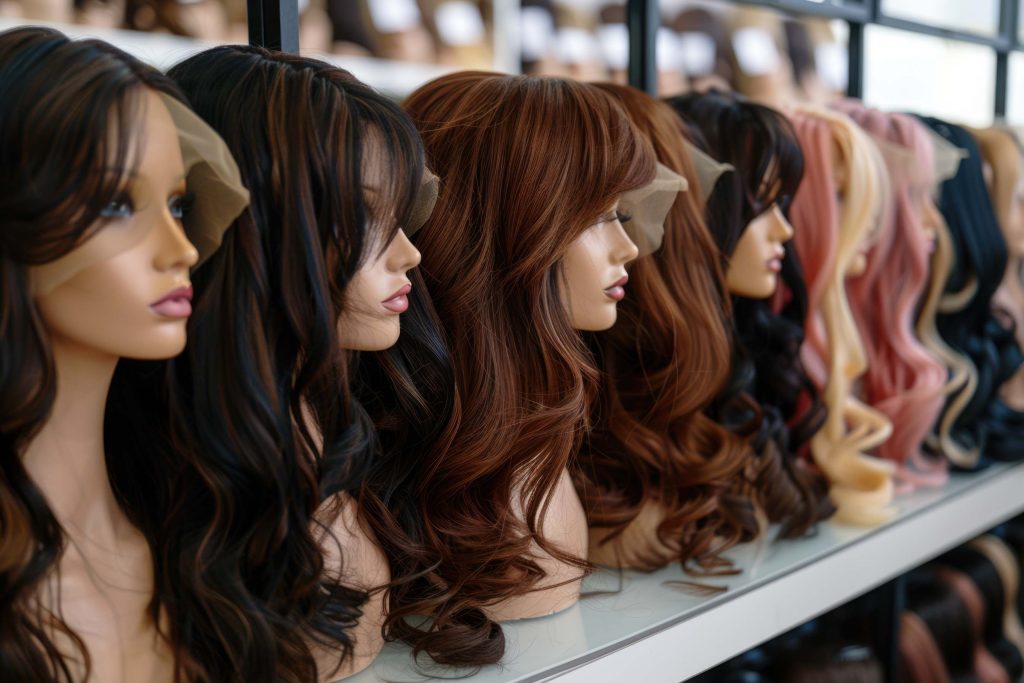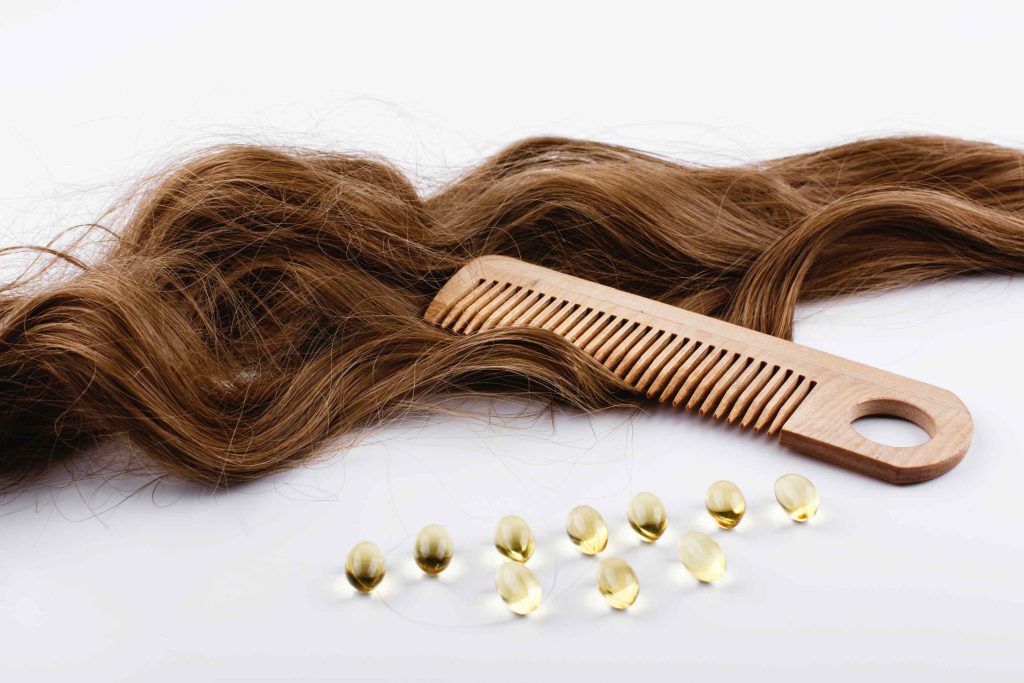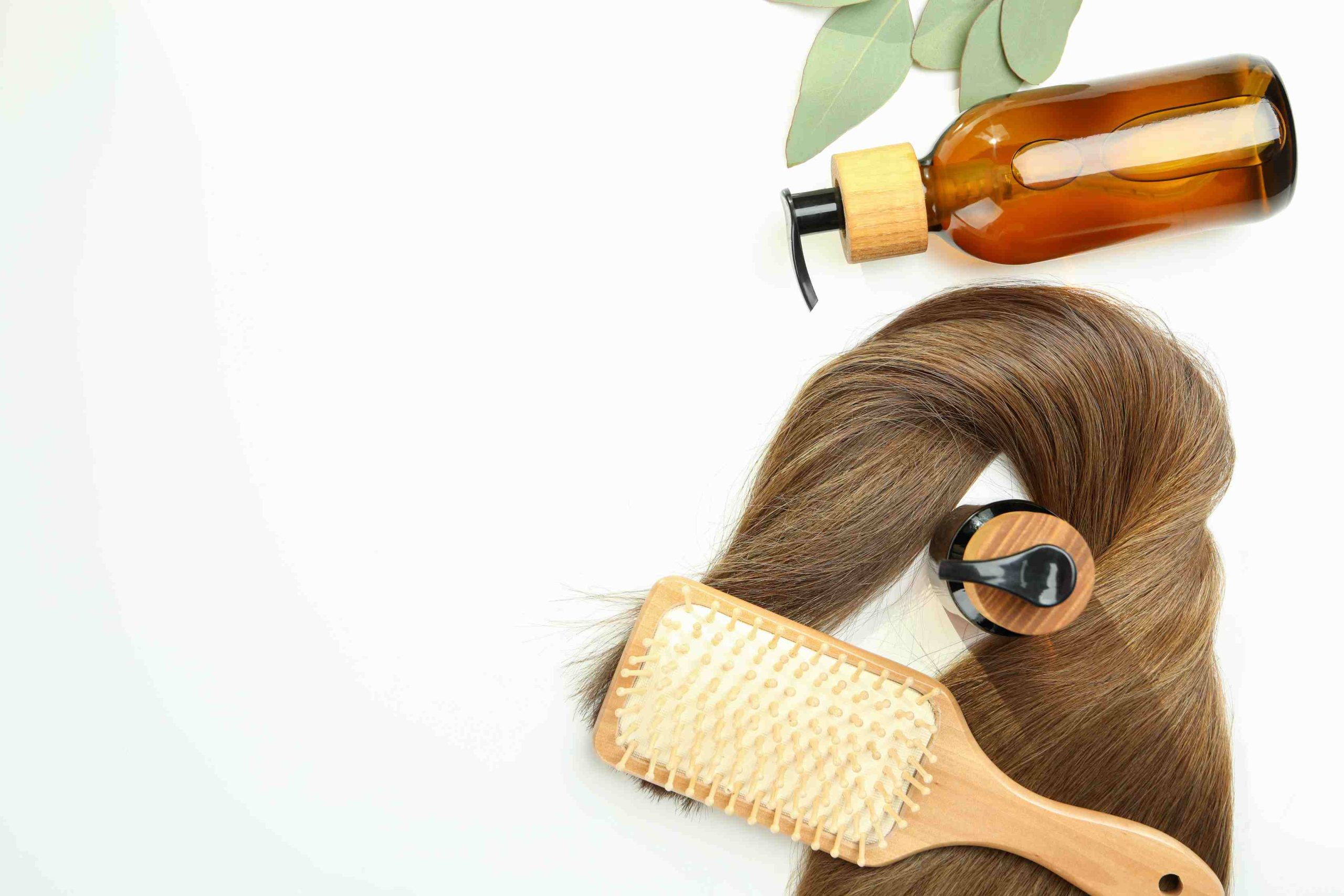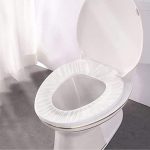Hair has played a key part in personal identity and self-worth for centuries. Long and flowing, short and bold, curly and straight, or wearing a trendy wig, the way we wear our hair reflects our character. Science and technology are, meanwhile, revolutionizing the way we style and take care of our hair behind the scenes.
From high-tech hair materials in wigs to in-laboratory-proven formulations in hair growth treatments, solutions today are no longer merely about beauty. They are also about health, psychology, and technology. In this article, we reveal how science is transforming the world of hair styling and hair care—with an emphasis on two particular areas: hair growth treatments and women’s wigs.
Knowledge of the Hair and Scalp
In order to better understand modern solutions for hair, we first have to understand the science behind hair. Hair is made up of a protein substance called keratin, which is the same substance that nails and skin are made of. It sprouts out of follicles on the head, and each follicle has its own growth cycle: growth, rest, and shedding.
Hair is so susceptible to so many things—genetics, stress, aging, diet, and illness. When hair falls out faster than it grows back, people may develop bald spots or thinning. That is where science-based hair regrowth products come in handy. Some people, however, choose to use wigs, be it for style, convenience, or confidence, when hair loss is noticed.

The Science of Wigs Today
Wigs are not new; they have been around for thousands of years. Contemporary wigs, however, are more advanced than ever. They employ high-quality artificial fibers or genuine human hair, designed to replicate the appearance and texture of natural hair. They employ special caps that are comfortable and are designed to ventilate the scalp.
Rewes Fashion Hair offers a broad selection of women’s wigs created with beauty and technology. Their wigs, such as long synthetic wigs with bangs, are created using fibers that replicate real hair. The wigs retain their shape, do not get tangled easily, and can usually be heat-styled.
One of the keys to their success is fiber engineering. New synthetic wigs are constructed with fibers that can reflect light the way real hair does. This does away with the overly shiny look some earlier wigs used to have. Some are even heat-resistant, so they can be curled or straightened with low-heat styling tools.
Wig cap design is also changing. Caps are lighter, more pliable, and designed to remain in place without heavy glue or clips. The majority use lace front styling to produce a natural-appearing hairline. The technology allows individuals to wear wigs comfortably for long periods of time, either for fashion or to cover up hair loss.
Science of Scalp and Hair Growth
While wigs are a cosmetic option, hair growth products are a hair growth solution. They are created by integrating biology, chemistry, and dermatology.
A prime example of this is LocRoyal, which is an expert at hair growth with products like the PURC 2% Kopyrrol Hair Growth Oil Serum. The serum contains ingredients selected to promote follicle action, improve circulation on the scalp, and slow hair loss.
Let’s break it down a bit:
- Kopyrrol is a chemical that has been compared to Minoxidil, a well-known drug for stimulating hair growth. Kopyrrol does stimulate the scalp and increases blood supply to the scalp hair follicles.
- Carrier oils in such serums—argan, castor, or jojoba—nourish the scalp and provide essential fatty acids.
- Herbal extracts and vitamins promote the general well-being of the scalp, fighting inflammation while fortifying roots.
They are not magical, but if applied regularly, they can retard hair loss and induce new hair growth. That is why the majority of dermatologists recommend them as a hair care treatment, especially for individuals who are experiencing early signs of balding.
Personalization in Hair Care
Personalization is one of the biggest changes in the hair care industry. Researchers and formulators are now creating products that address different hair types, scalp problems, and individual concerns. There are products for curly hair, dry scalp, regrowth, volume, and shine.
This change is being fueled by new technologies such as DNA testing, scalp scanning, and microbiome studies. These technologies aid in the determination of why one individual loses hair more quickly than another, or why a particular treatment is more effective on a specific individual.
Wig manufacturers are also providing more and more options for personalization. Reewes Fashion Hair, for instance, offers a variety of lengths, textures, and parting arrangements for users to find a wig that suits their real or fantasy look. These choices enhance confidence level and self-expression.

Psychological Benefits of Style Solutions
Hair loss has a significant psychological impact. It shapes people’s sense of self, and their relationship with the world. It’s why hair wigs and hair growth treatment do more than change appearance—they improve mental health.
Having a good quality wig makes a person confident while on therapy or after hair loss. The use of a hair serum and observing new hair growth makes a person feel confident. The products are integrated into a person’s healing or self-confidence process.
Psychologists have indicated that regulating one’s appearance, even with minor alterations, can enhance mood and alleviate stress. This serves to show just how close beauty, health, and science are intertwined.
Sustainability and Safe Ingredients
Consumers today also want to know what goes into their products and how they are produced. Brands are therefore seeking safer, more sustainable materials. Hair care research labs are swapping out toxic chemicals with natural ones. Wigs are constructed from environmentally friendly fibers or human hair that is sourced ethically.
LocRoyal emphasizes this with its clean formulation and gentle treatment products. At the same time, brands such as Reewes are developing reusable and long-lasting wigs, curbing wastage from poorly constructed or single-use products.
As science continues to improve, we can also anticipate having more innovations like biodegradable wig caps, recyclable packaging, and even AI programs that recommend the best hair products for you based on your personal profile.
The Future of Hair Tech
In the future, hairstyling and hair care can include:
- Intelligent scalp sensors that track temperature and humidity
- AI-driven hair care routines that match your hair type and surroundings
- 3D-printed wig caps to fit your head shape
- Microneedle patches are used to deliver hair growth treatment to the scalp directly.
These ideas are already being researched in research institutions and startup companies. The aim is to enhance the efficacy, customization, and empowerment of hair care for everyone.
Conclusion
Today, hair care is no longer about looks—it’s about science, technology, and health. From the fiber engineering involved in luxury wigs to the biochemistry of hair growth oils, technology is revolutionizing the way we style and take care of our hair.
Brands like Reewes Fashion Hair and LocRoyal are part of this revolution, with solutions that marry tradition with technology. Whether someone is wearing a wig to express their sense of style or using a serum to grow back lost hair, the equipment that they use is research-based, design-focused, and well-maintained.
The more we know about scalp and hair well-being, the better the future for even smarter, safer, and more effective ways for looking and feeling fantastic, one strand at a time.


